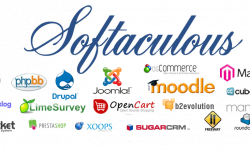What is Ruby on Rails?
Rails is one of many web frameworks in the world of app programming and web development. These frameworks are collections of code libraries that give app and web developers readymade solutions for time consuming, repetitive tasks-things like building menus, tables, or forms on a website.
In other words, rather than having to write every single line of code in a program from scratch, web developers can refer to a framework and find code for common functions that they can plug into the websites or web apps they’re building.
If you’re looking for a challenging, fun & creative career building amazing websites that help people, then Ruby on Rails may be for you.
Anyone can learn Rails, even if you don’t have programming experience.
It may take more or less time depending on where you are.
The benefits of using Rails:
-It’s an integrated solution. Rails gives you everything you need to create a web application.
-Rails conventions & default configuration saves you a lot of work!
-Rails has a great ecosystem so you can find all the tools & support that you may need
-It’s under active development, so you get fixes & new features on a regular basis!
-The process of programming is much faster than with other frameworks and languages.
What Makes Ruby and Rails Different From Other Programming Languages and Web Frameworks?
Rails is a framework that lets Rails developers harness the Ruby language for developing websites, and both Ruby and Rails are good skills to learn for tech beginners. But why would someone use Rails to build a web app instead of HTML, or CSS, or JavaScript?
One of Ruby’s key characteristics is that it’s an object-oriented programming language. Unlike some languages that function by giving a computer a list of tasks to execute, an object-oriented programming language lets a developer create virtual objects in their code. Each object can have its own specific attributes and abilities and can interact with other objects to perform actions. An object-oriented language makes development less complex by giving programmers structures to work with.









